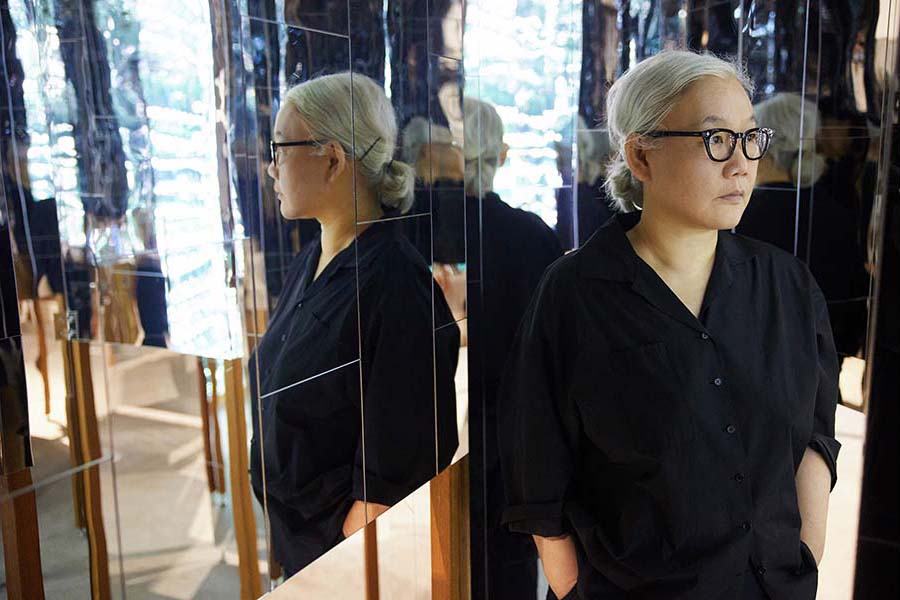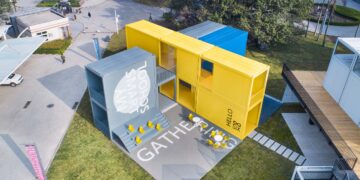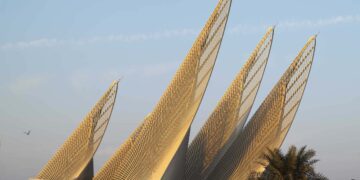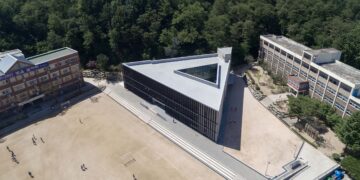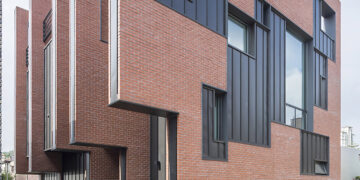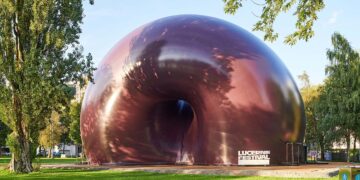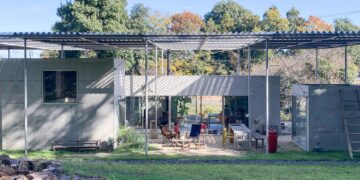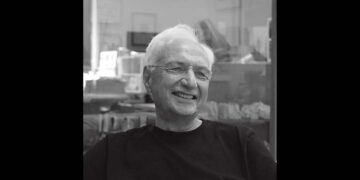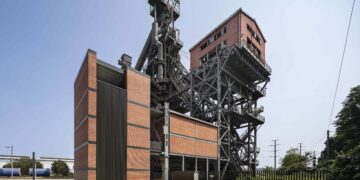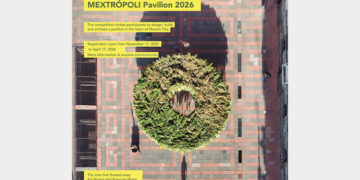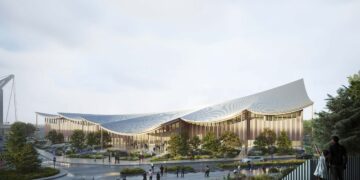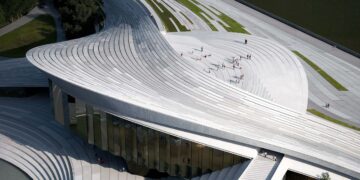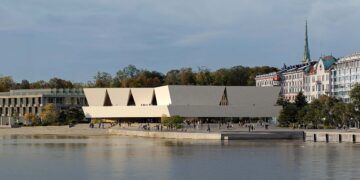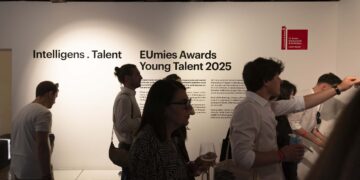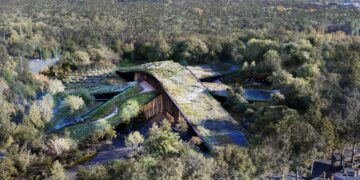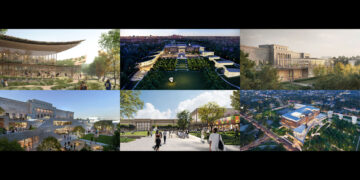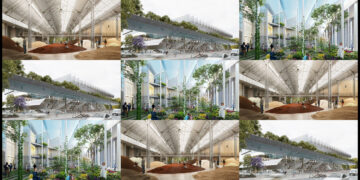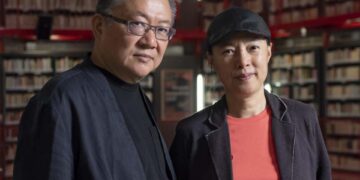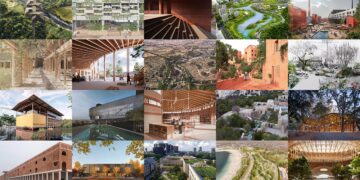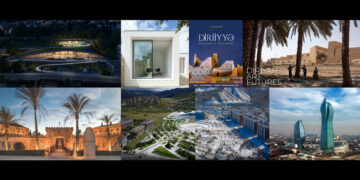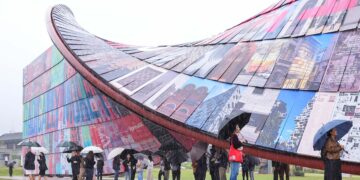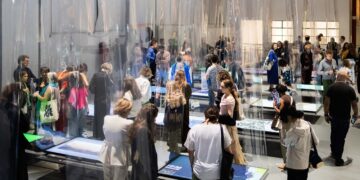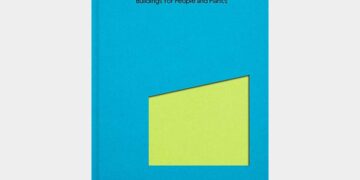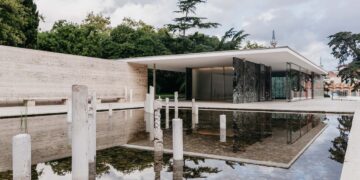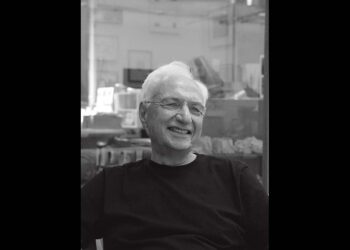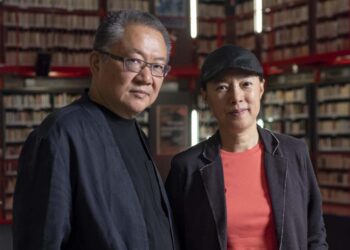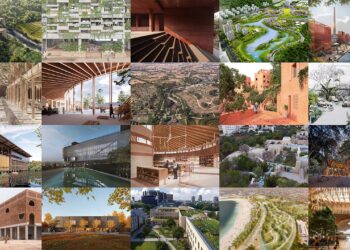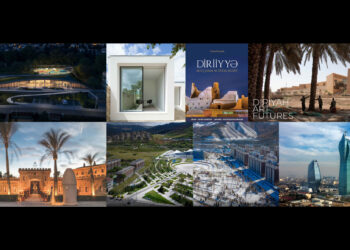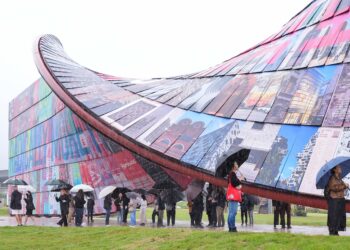
Architectural Thinking, Utopian Dreams, and the Failures of Technology
The Leeum Museum of Art is presenting Lee Bul: From 1998 to Now, a sweeping survey of one of Korea’s most acclaimed contemporary artists. On view from September 4, 2025, through January 4, 2026, the exhibition brings together more than 150 works spanning sculpture, installation, drawing, and performance, offering an expansive look at how Lee has interrogated the intersections of body, technology, and utopian imagination over the past three decades.
Since her debut in the late 1980s, Lee has probed humanity’s aspirations and disillusionments through works that often adopt architectural forms and urban landscapes as metaphors for modernity’s promises and failures. This exhibition revisits her seminal Cyborg and Anagram series, as well as her karaoke installation first shown at the Venice Biennale in 1999, alongside monumental sculptural environments such as the Mon grand récit series, which allegorize the collapse of “grand narratives” through fragmented architectural topographies.
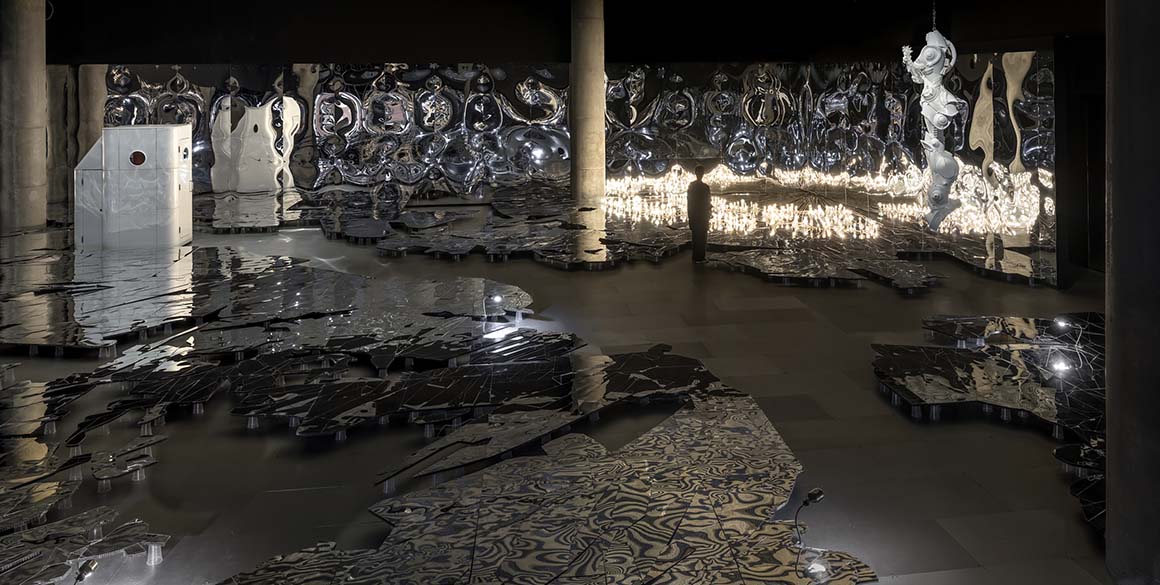
Visitors enter the show confronted by Willing To Be Vulnerable – Metalized Balloon, a gleaming 17-meter airship suspended in the gallery. Referencing the Zeppelins of early 20th-century optimism, the work captures both the soaring ambition of technological progress and its inevitable fragility. Throughout the exhibition, works are installed in non-chronological clusters, producing what the curators describe as an “unpredictable landscape” in which mirrored labyrinths, futuristic ruins, and fractured monuments unfold as layered journeys across time and space.
At the core is Mon grand récit, a body of architecturally scaled installations developed since 2005. These works draw on sources as diverse as Russian Constructivism, the visionary projects of Bruno Taut, and the turbulent history of modern Korea, fusing them into allegorical environments that reflect on utopian ideals and their transformation into ruin. Alongside, drawings and maquettes reveal the artist’s process of speculative design, while recent works such as the Perdu and Willing To Be Vulnerable series extend her inquiry into vulnerability, monumentality, and the human condition.
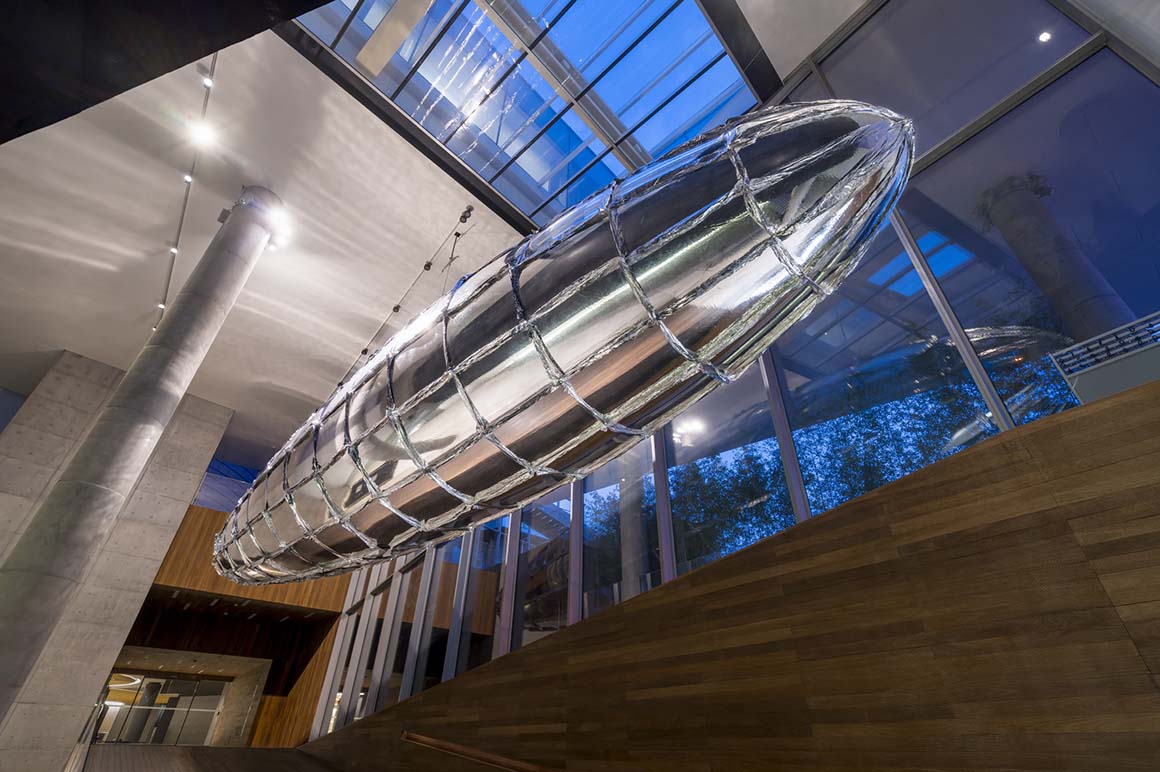
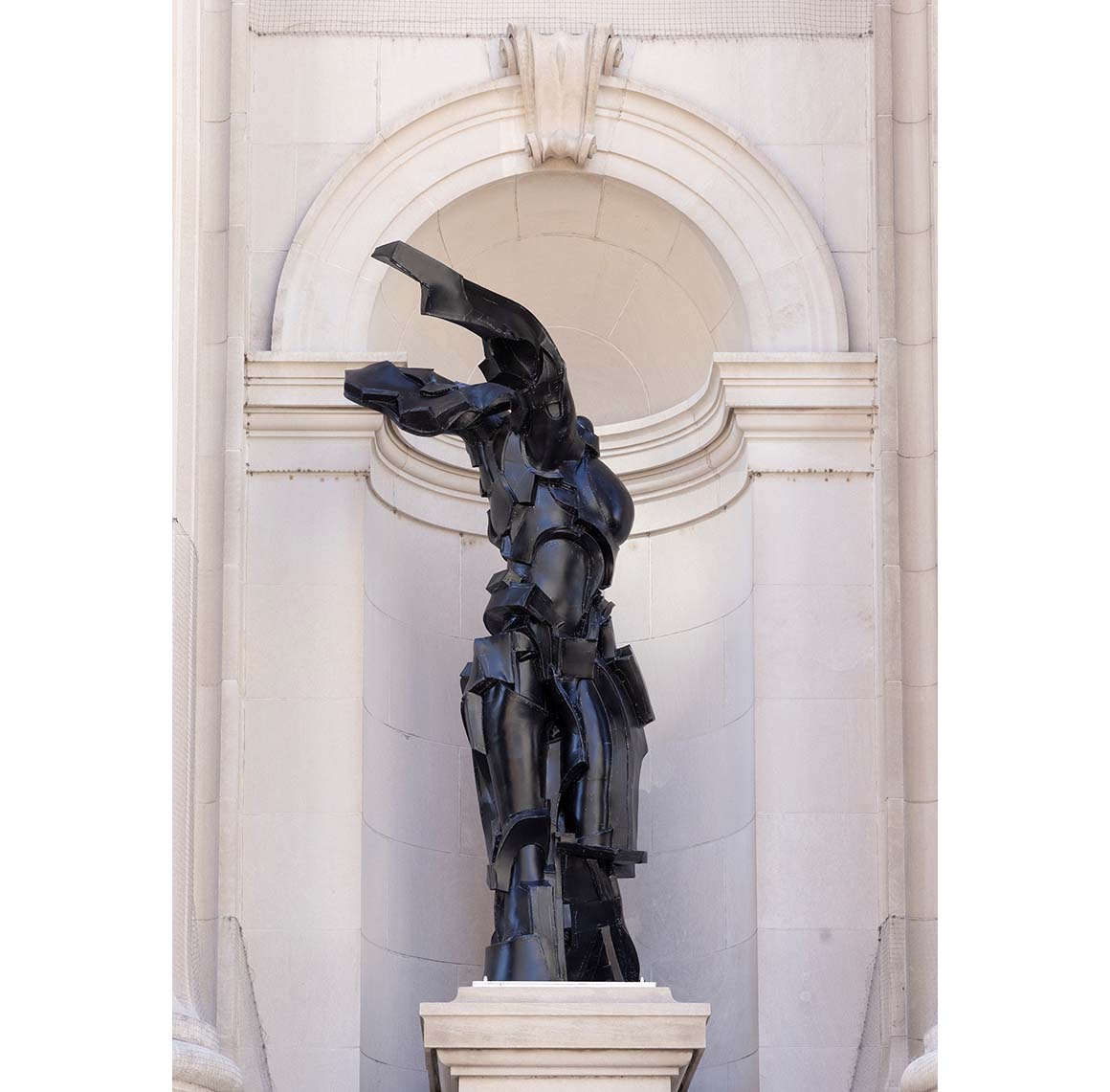
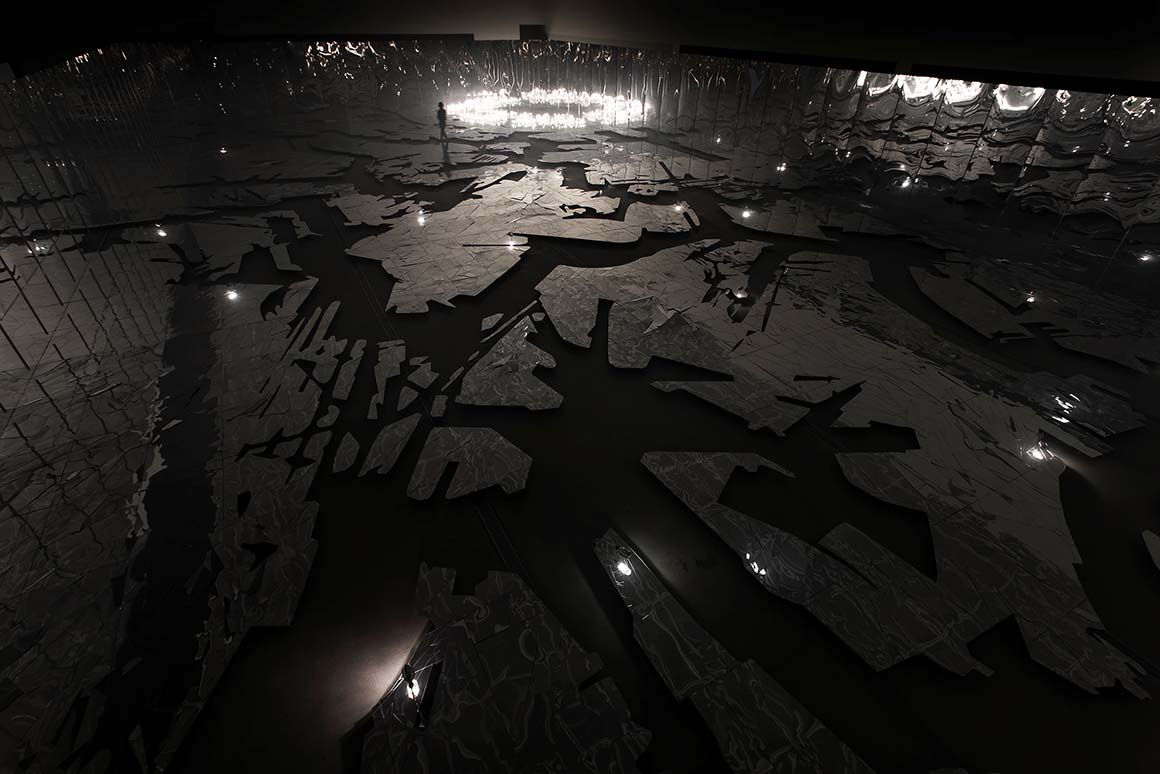
Highlights also include Long Tail Halo: CTCS #1, presented in 2024 as part of the Metropolitan Museum of Art’s Genesis Facade Commission in New York, which merges classical sculpture with armor and machine components to form a hybrid body that transcends time and genre.
“Through this exhibition, we hope audiences can encounter Lee Bul not only as a leading figure in contemporary art but also as a thinker who bridges art, architecture, literature, and philosophy,” said June Young Kwak, Head of Exhibitions at Leeum. “Her works invite us to reflect on humanity’s past and present while imagining possible futures.”
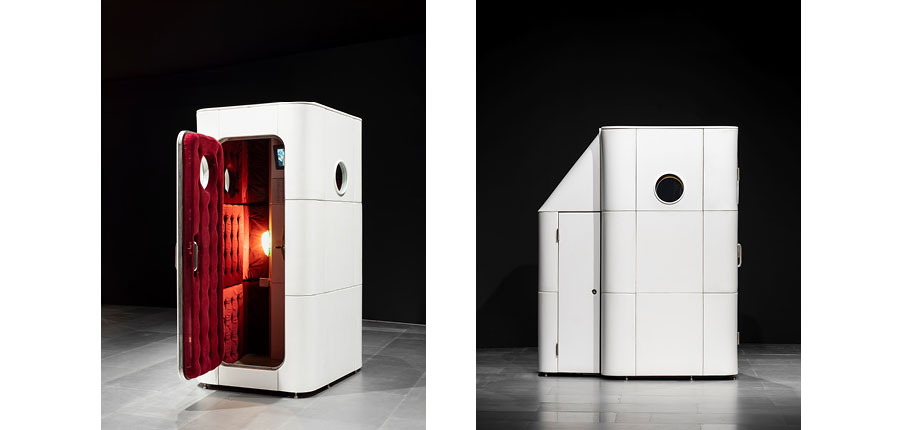
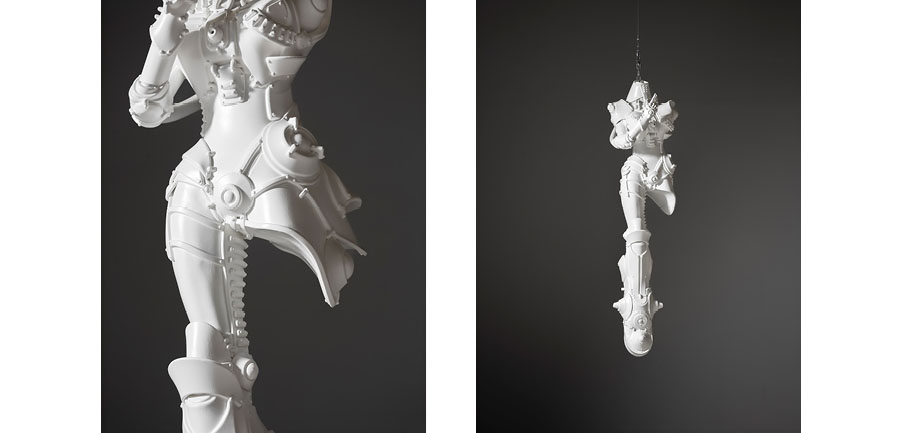
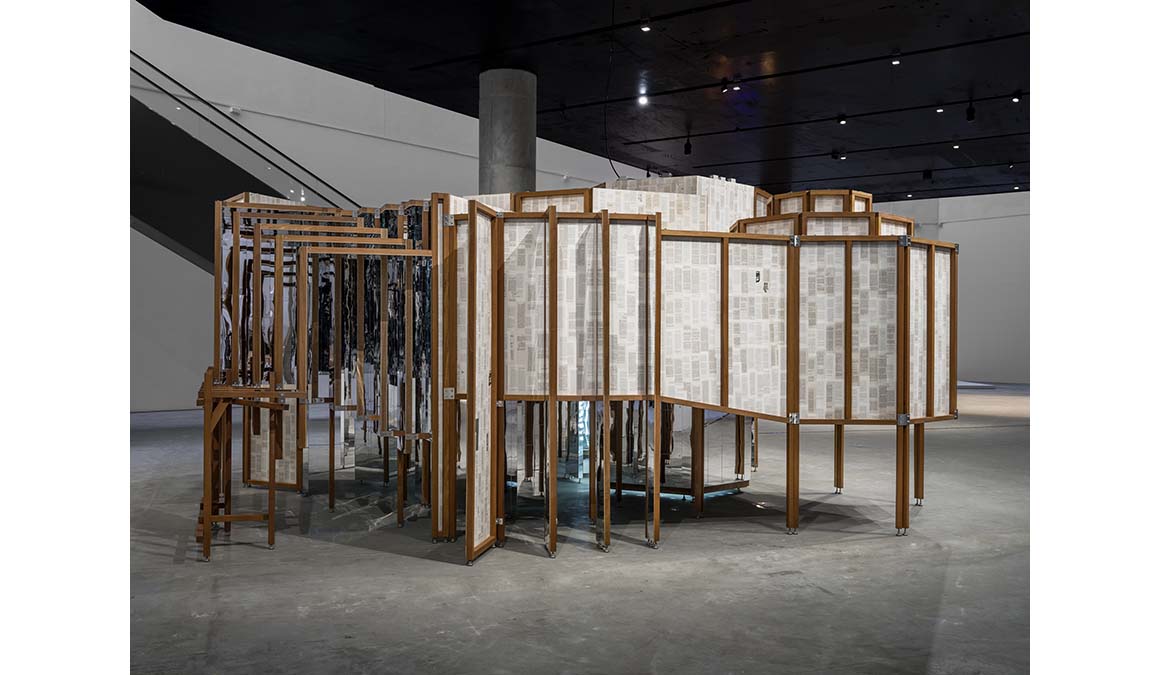
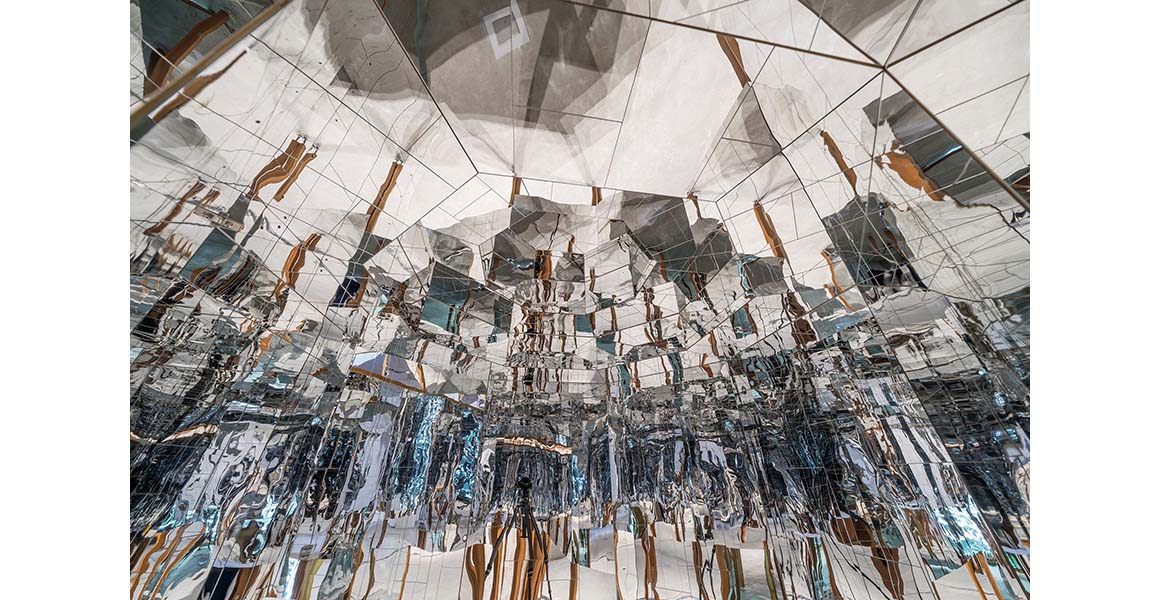

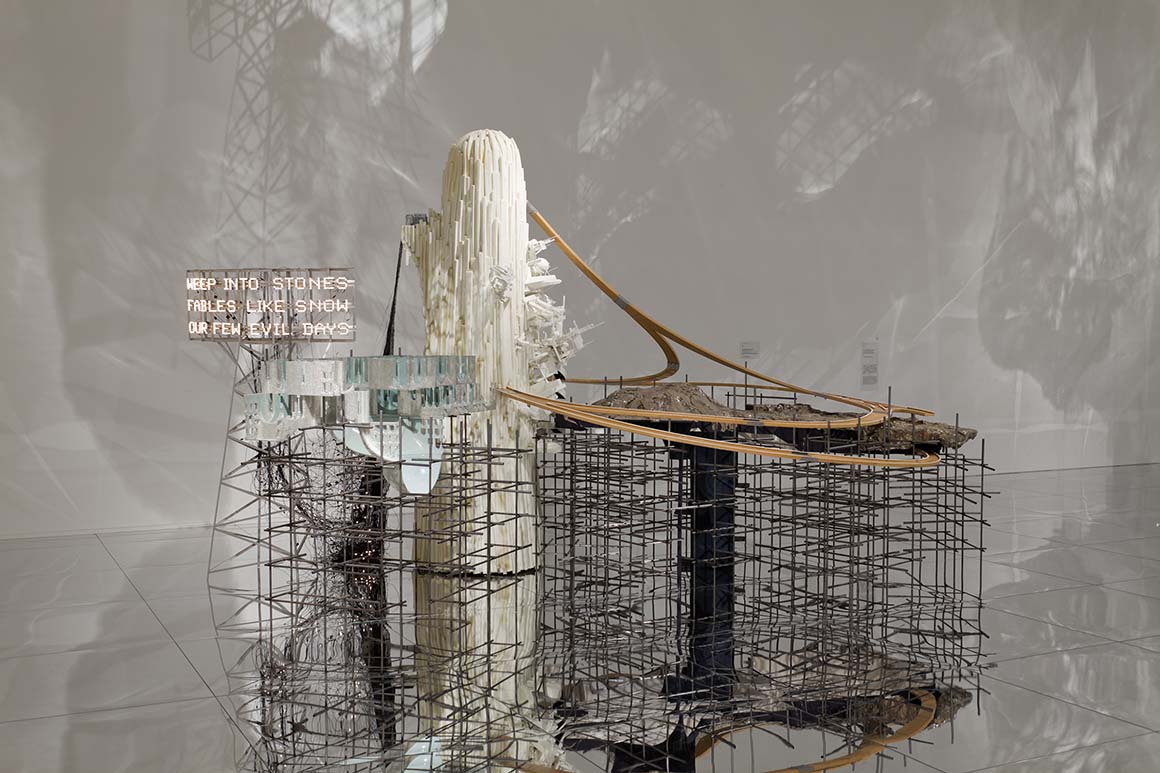
Co-organized with M+ in Hong Kong, the exhibition will travel internationally after its Seoul debut. Public programs include an artist talk with Lee on September 27, curator-led tours, and a lecture series focused on the Mon grand récit installations.
Lee Bul: From 1998 to Now ultimately guides viewers through shimmering airships, mirrored ruins, and fractured utopias—environments that compel us to question the desires, failures, and enduring possibilities of human civilization. Materials provided by Leeum Museum of Art
